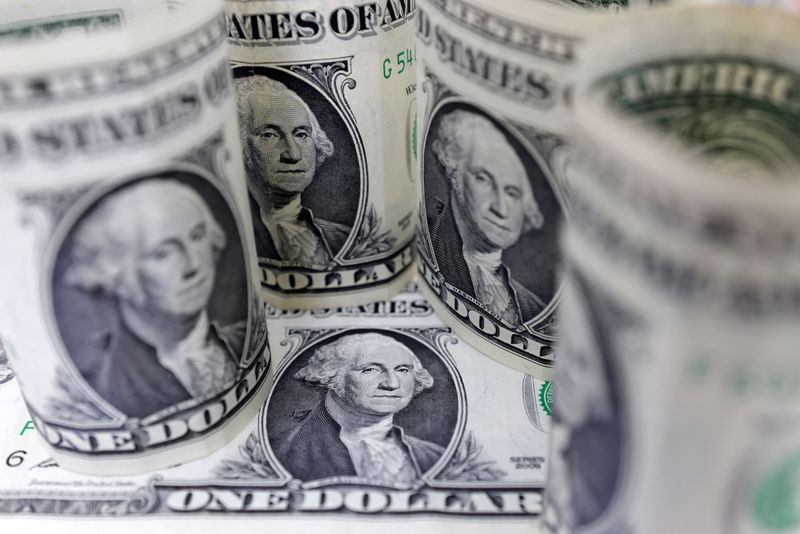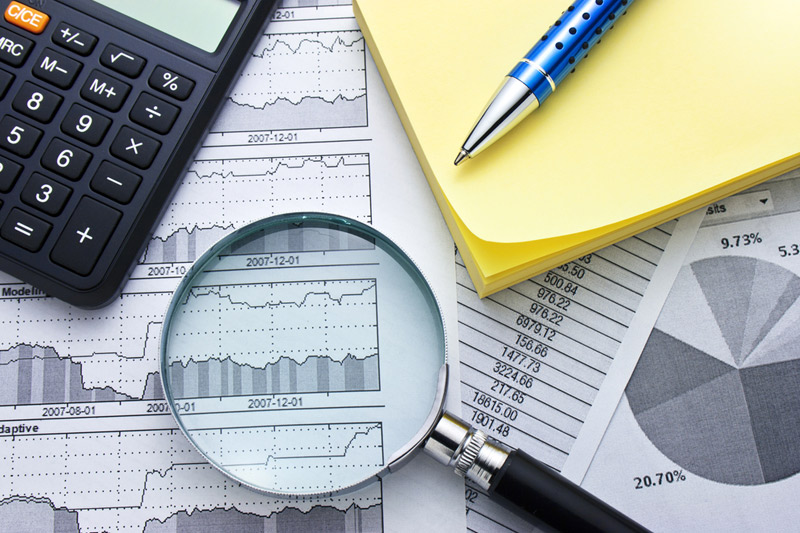By Amanda Cooper
LONDON (Reuters) – The dollar softened on Tuesday as traders squared their positions ahead of what is expected to be a close U.S. presidential election, while options volatility soared after recent polls highlighted some market bets on a victory for Republican Donald Trump had affected.
Democrat Kamala Harris has also experienced improved odds on election betting sites and held a slight lead over PredictIt overnight, although Polymarket continued to list Trump as the favorite.
In recent weeks, financial markets and some gambling platforms had leaned heavily on a victory for Trump, whose tariffs and immigration policies are seen by analysts as inflationary, leading to a rise in US Treasury yields and gains for the dollar.
The US currency took a hit on Monday after a poll over the weekend showed Harris with a surprise lead in Iowa, a traditional Republican stronghold. Overall, polls continue to show a tight race.
With hours to go before the first results emerged overnight, the dollar was largely flat against a basket of currencies.
Traders were less optimistic about the prospects for the next 24 hours and rushed to hedge against potentially huge price moves in currencies particularly sensitive to the outcome of the election and US trade policy, such as the euro and the Mexican peso.
The volatility of overnight options reached the highest level since 2016 for the euro and the peso.
“The big story is that big spike we’ve seen in overnight volumes,” said Michael Brown, senior research strategist at Pepperstone.
“Euro rates are currently at their highest levels since the Brexit referendum, which may give you an idea of some of the moves markets are preparing for over the next 24 hours.”
According to LSEG data, Euro overnight volume reached its highest level since November 2016, but on other platforms it rose to its highest level since June 2016, when Britain voted to leave the European Union.
The implied volatility of options reflects traders’ demand to buy protection against wild price swings, and this may not always reflect the action in the underlying market.
“Today it’s all just wait and see. No one will have any conviction until we get the first results overnight and that’s where you’ll see the markets start to jump,” Brown said.
The euro rose 0.15% to $1.08928, while the pound rose 0.2% to $1.2984 and the yen was broadly stable on the day at 152.235.
“We believe financial markets are now positioned for a Harris win,” said Carol Kong, currency strategist at the Commonwealth Bank of Australia (OTC:).
“The USD could therefore fall modestly by 1%-2% this week if Vice President Harris wins, and rise significantly if (former) President Trump wins,” she said. “Any delays and/or disputes over vote counting could also contribute to currency volatility this week.”
UNCERTAINTY ALL
The winner may not be known for days after Tuesday’s vote, though Trump has already signaled he will try to fight any defeat as he did in 2020.
added 2.2% to around $68,542, after falling to a one-week low of $66,776.19 overnight. Analysts view Trump as having a more favorable policy on cryptocurrencies than Harris.
Complicating the picture for traders this week is the Federal Reserve’s policy meeting on Thursday, with the US central bank expected to cut interest rates by a quarter point. Markets will focus on any indications that the US central bank could skip a cut in December after last week’s monthly jobs report showed employers added far fewer jobs than economists expected in October, raising questions about the extent of weakness in the labor market.
The Bank of England, Sweden’s Riksbank and Norway’s central bank are all also holding policy meetings on Thursday.
The Reserve Bank of Australia kept policy steady on Tuesday, as was widely expected, maintaining wording in its statement that “policy will need to be sufficiently restrictive until the Council is confident that inflation will move sustainably towards the target range moves.”

RBA Governor Michele Bullock struck a more hawkish tone at her news conference, saying she still believed there were upside risks to inflation.
The Australian dollar rose 0.21% to $0.6600, finding its base after falling to its weakest level since August 8 last week at $0.6537.


